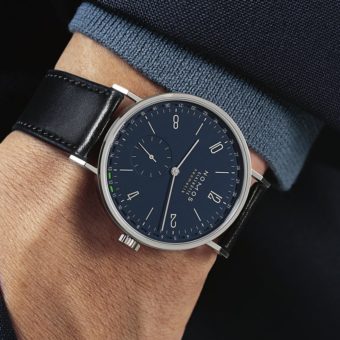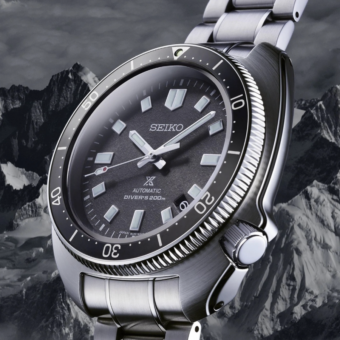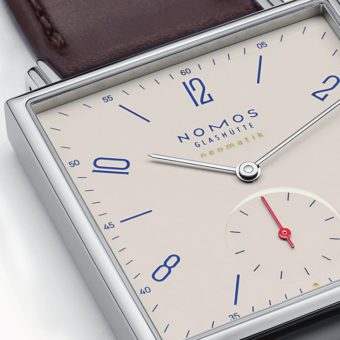No listing of historic and significant timepieces would be complete if it didn’t fly into the realm of pilot’s watches. From the Longines Weems Second-Setting and Lindbergh Hour Angle, to Zenith and Breguet Type XX aviators’ watches, to the Breitling Navitimer — the history of watches (and really, the history of the world as we know it) would simply not be same if it wasn’t for the development and use of some of these pieces. And this is without even mentioning what is arguably the most famous and influential of all pilot’s watch designs: the B-Uhr style, which finds its contemporaries in the IWC Big Pilot, Stowa Flieger, and countless other watches ranging in price from $10 to $10,000 and beyond.
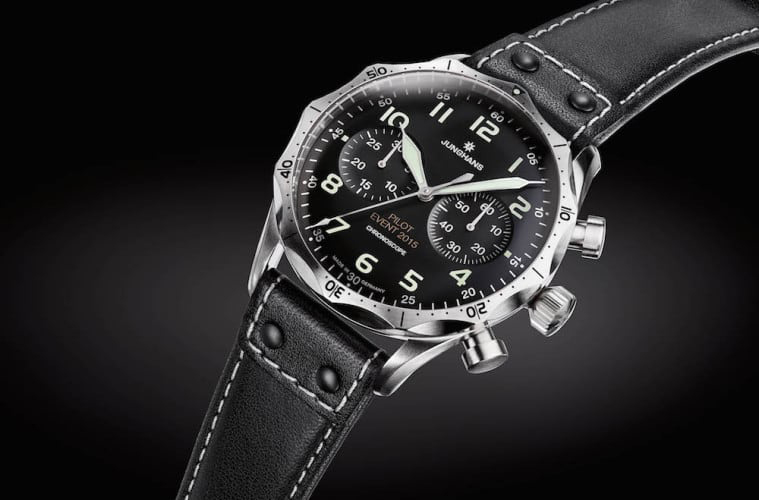
The appeal of these timepieces is obvious: most famed pilots’ watches were at one point or another commissioned by some significant military unit, or — as in the case of the Cartier Santos — played some special role in the history of aviation. Yet, for all the inherent appeal of many vintage-style pilots, not all watches are created equal — and many beautifully designed and well-constructed pieces that have held some place in history don’t always earn the same recognition as the biggest players in the genre.
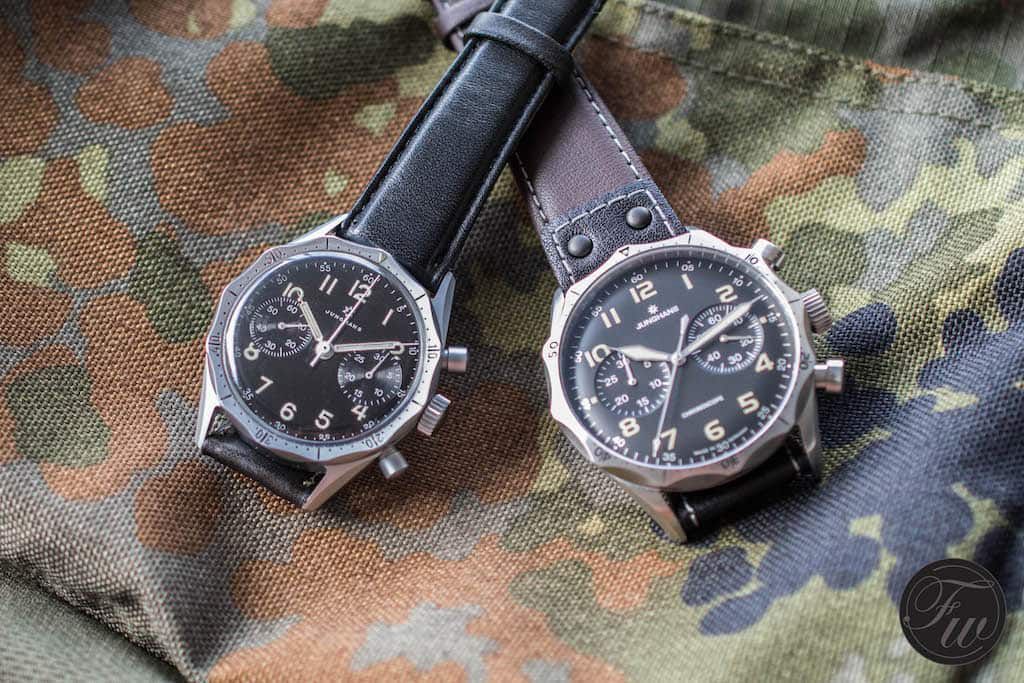
The modern Junghans Meister Pilot is based on one of these watches, the Junghans J88 Bundeswher Fliegeruhr (see above, photo courtesy of FratelloWatches). The original piece was developed in 1955 for the newly-established West German military (the Bundeswehr), serving pilots of the time with its unique dodecagonal bezel, which was designed for easier gripping and rotating. It was a very distinctive watch, both in its earliest days and now, in Junghans’ re-edition, which pushed the frontier forward on functionality and aesthetic design, and set the tone for Cold War-era West German military watches — notably, alongside the Heuer-developed Bundeswehr 1550 SG (below, again via FratelloWatches).
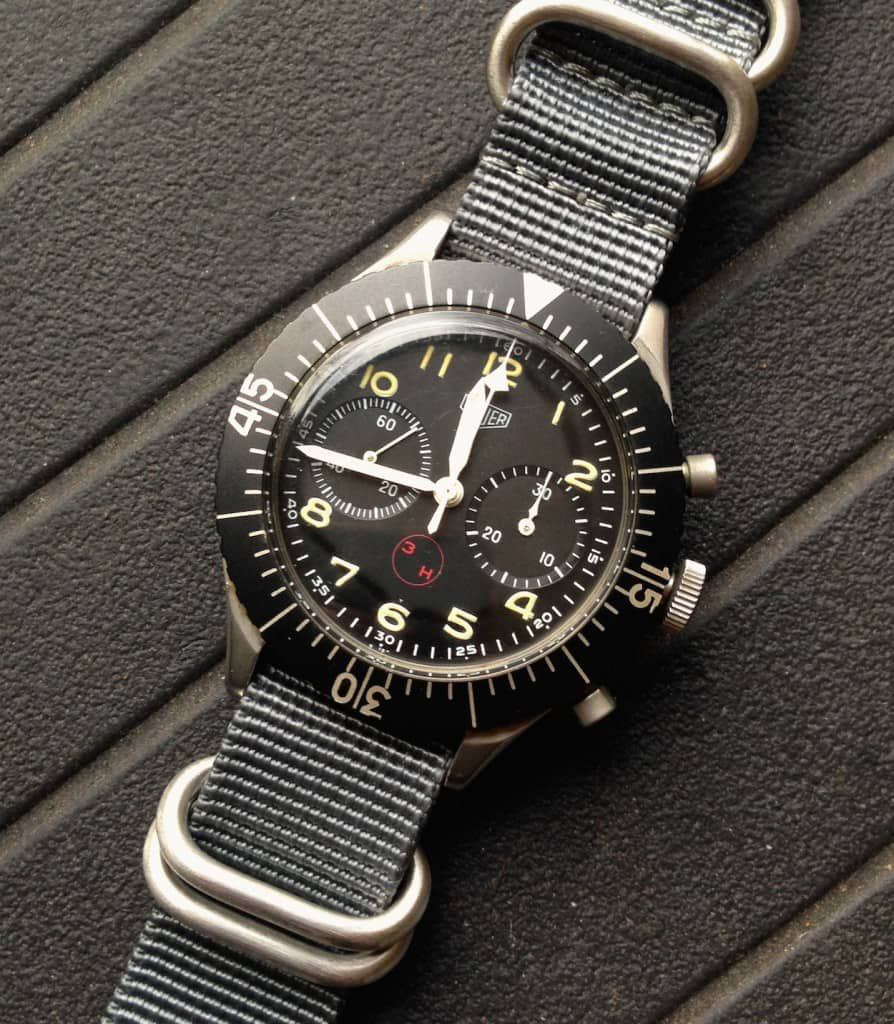
Like its predecessor, the modern watch (Ref. 027/3591.00, below) features an impressive bi-directional dodecagonal bezel on top of its thick, 43.3-mm brushed steel case. The bezel is somewhat slim in its construction, with small Arabic numeral markers to assist in tracking minutes passed, and a minuscule faux-patina luminescent triangle at its top. On the side of the case is a sturdy, signed crown and thick pump pushers, both of which are accentuated further by a solid, convex caseback featuring a compass rose in the middle.
The black dial is slightly domed in its construction, with two concave subdials for running seconds and a 30-minute chronograph counter. On the outer edge of the dial is a small, printed white minute ring, with printed, faux-patina Arabic numerals indicating the hour marks. The hour and minute hands are somewhere between a sword and syringe style, and the chronograph seconds counter has a simple, weighted-end arrow design. Powering the watch is the automatic Caliber J880.4, which has a 38-hour power reserve and is based on the ETA 2824 with an added Dubois Depraz 2030 chronograph module — a movement similar (in name only) to the hand-wound J88 of the original piece. The brand has priced the watch at $2,465, though you’ll likely be able to find it for less at some dealers.
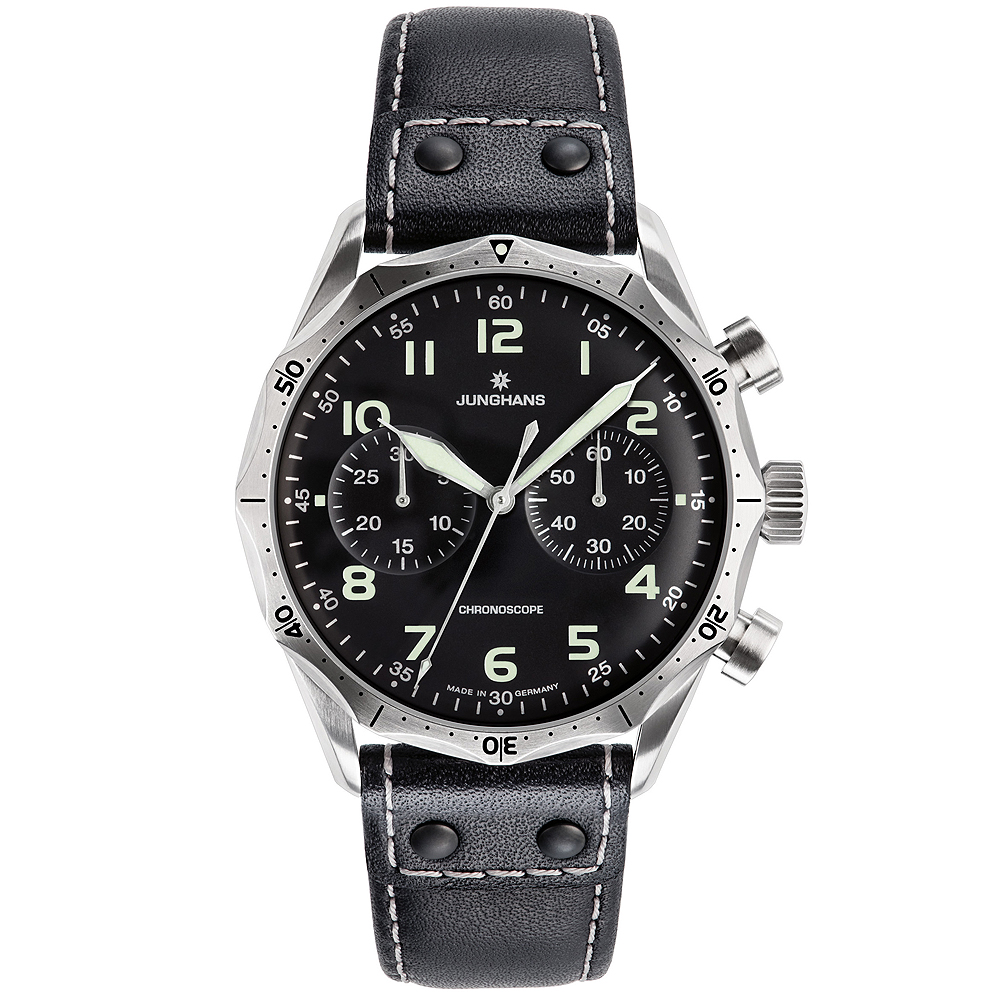
As compared to the original piece, the modern Meister Pilot takes many of the vintage details and works to further bolden and sharpen them. For example, while there are many details shared between the watch and its predecessor — the unique bezel; the black, easy-to-read dial; the brushed-steel case construction, etc. — the contemporary piece adds refinement to the bezel, domes the dial for easier reading, and enlarges and more eloquently finishes the case to meet modern manufacturing standards. Similarly, the subdials have been enlarged, matted, and made concave, in contrast to the glossy, vintage-style subdials that lie flat against the dial. You’ll also notice the widening of the chronograph pushers to match the thicker case.
The few details that are solely found on the modern watch are its sword hands — the vintage version used simple stick hands, even though sword-style hands were not uncommon on chronographs during the original watch’s era — and the addition of the “Chronoscope” and “Made in Germany” texts toward the bottom of the dial.
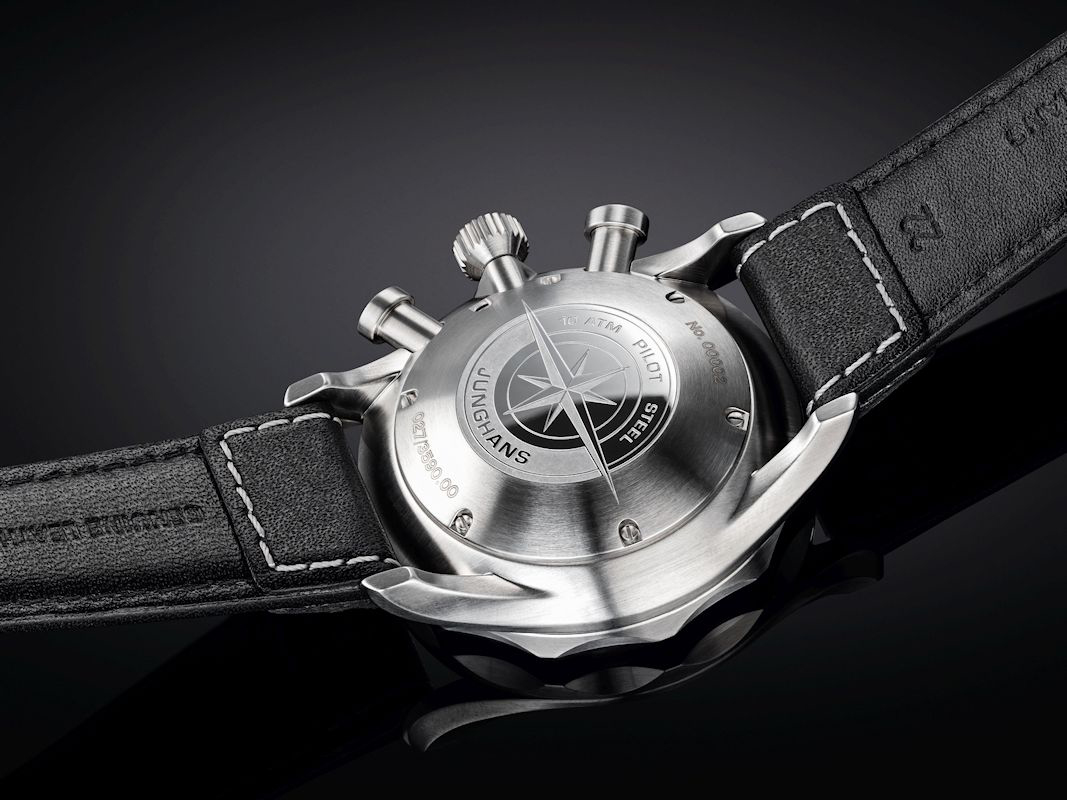
Overall, Junghans has done well in re-creating this historical watch within a modern framework. The case is a bit larger than some vintage-watch enthusiasts may be comfortable with, but the watch is in the end a pilot’s piece, meant for maximum readability, and one with so many strong features it might have felt cramped if put in a smaller package. Besides this, the Meister Pilot is plainly interesting to look at: its dodecagonal bezel is an attractive quirk, its dial is clean and has a nice curve, and its case is noticeably well constructed and sturdy, as any good military-inspired piece should be. Take all of these details — combined with it being relatively inexpensive for the value it represents, and its interesting historical link to one of the first watches of a then-newly formed, democratically organized West German military — and you have yourself an excellent conversation piece.
For our last article in the “Vintage Eye” series in which we compare the modern Zodiac Super Sea Wolf 68 to its historical predecessor, click here.
Caleb Anderson is a freelance writer with a primary focus on vintage watches. Since first learning about horology, he has garnered extensive knowledge in the field, and spends much of his time sharing his opinions among other writers, collectors, and dealers. Currently located near New York City, he is a persistent student in all things historical, a writer on many topics, and a casual runner.

